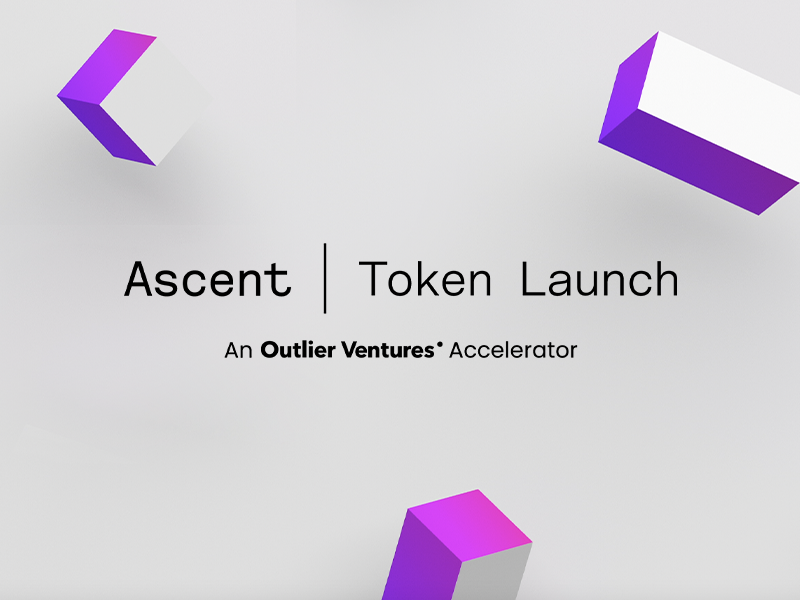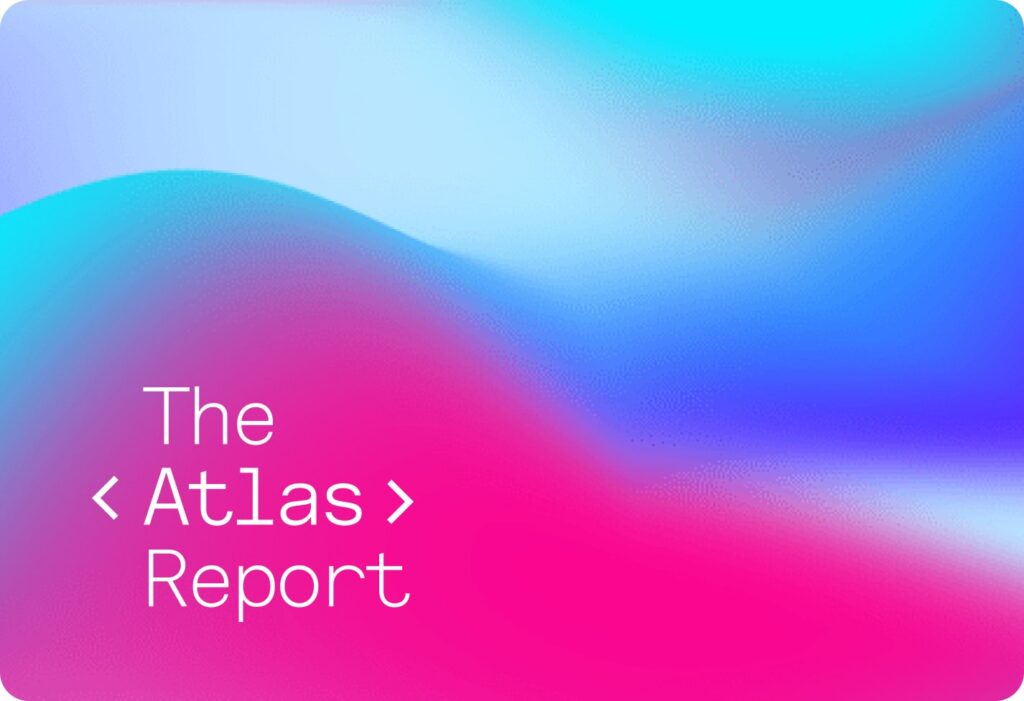In the previous post in this series “Why are tokens valuable?”, we looked at the framework of super asset classes and the source of value behind different tokens. In this post, we will look at how this plays out in practice, by focusing on the qualitative components of token value.
Before we can jump into the qualitative components we must ask ourselves, what is token value?
When thinking about the price of an asset, it is important to remember that current price is not what the market believes an asset is worth now, it is the imperfect manifestation of projected future value.
Having established this, we can dive into the various components that guide this manifestation.
Qualitative Components
Unlike investors in traditional companies, a large percentage of the Web3 demographic is made up of ‘millennial’ or ‘gen z’ investors, who build narratives and communities around the companies they invest in. This is done via memes, on crypto twitter (CT) and community engagement exercises on Discord and Telegram channels. This alternative way of marketing may seem unusual for Web2 companies dipping their toes into Web3 for the first time, however it is a necessity to understand and use it to your advantage. While extremely important, a vibrant community, marketing and social media following are not the only aspects that give a token and its company perceived value.
Narrative
The Web3 space is cyclical in nature, starting from the Bitcoin 4 year halving cycle narrative that drives the whole market or transient market narratives, understanding and knowing how to use these narratives to your advantage is important. By using positive sentiment on a particular sector or application to your advantage, whether this is through partnerships, product announcements or assigning a link between the narrative and your own product can be very valuable at driving users to your product.
Due to the importance of narratives in the Web3 space, it is important to have a constant finger on the pulse of the sector you operate in and capitalise on any narratives that may form to drive value to your token.
Community
Building a community is one of the most important aspects of driving qualitative value to your token. Due to the decentralised nature of Web3, where token stakers may have a governance vote over some decisions of the protocol, they are more likely to show interest in the day to day actions of the company. A large, quality community will work as your marketing agency. A good community will champion your project on social media, write marketing material and will spread the word about what you are building.
Some of the key areas of focus are:
- Internal community tools (Discord, Telegram, WhatsApp):
- Keep things fun with competitions, activity in the channels and constant engagement with the community you are building. This can be done with community calls, drop ins from the team or developers to disclose some ‘alpha’ or insights into the future of the product.
- Brand representation/marketing platforms (Twitter, LinkedIn, Reddit, Instagram, Facebook, YouTube, TikTok, Twitch):
- These outlets are essential for growing your community and increasing your social footprint. By releasing threads, video content or regular posts you are likely to get more eyes on what you are building.
- Brand publication platforms (Medium, Substack, Quora):
- For longer form content it is essential to release project updates or milestones on these publications. Usually the big Web3 media agencies cover the big protocols, so as a start-up trying to build and find PMF in the space, writing your own updates and posting on these publishing platforms is essential to getting your news out to your community.
Utilising a tool like Lunar Crush will allow investors to see the total number of social mentions and total social engagements over the past 3 months. it is essential to implement marketing campaigns to ensure that this engagement is continuously improving.
Unique Token Holders
Web3 gives projects a unique advantage and allows them to see how their token is dispersed amongst their community. Decentralisation is a core value of Web3, and building on a diverse and distributed community, monitoring on-chain data such as unique token holders is a great way to track how diverse your community is. Ideally, the more unique holders, the better. This should help to grow governance participation, as there are more token holders who want to have a say in the future of your product. It also means that more people find your token valuable enough to hold and will champion your company as it’s in their best interest that the token and company does well over the long term.
Product & Token
As established above, a token’s value is the market’s imperfect manifestation of future value. Due to this market dynamic, future utility is taken into account when an investor is evaluating the potential value of a token. Building, iterating and progressing your company is what every company does, especially start-ups which may have drastic pivots away from their original vision. Relaying this future utility and potential product improvements is essential, even if it is a little snippet, to keeping the community engaged and interested in what you are building.
A token will generally derive its value by leveraging different value capture mechanisms. Ideally it will have utility within the product, such as ways to improve the user experience (UX) and govern over the protocol. Along with utility, the token should ideally capture value via revenue share, buybacks, discounts and extra benefits that will create demand to buy and hold the token.
Ideally a token’s perceived value will scale with the product, as the product finds more PMF and higher usage, the token should be capturing this value and becoming more valuable itself. Some tokens may have weaker value capture mechanisms than others, this can be for a multitude of reasons, whether caused by regulatory constraints in different jurisdictions or how the token can be utilised within the product.
The first iteration of application specific tokens were limited with their token utility within the product. However as shown by Uniswap and the UNI token, even a ‘weak’ value capture mechanism of governance has proven to be a strong driver of token value due to the quality of the product that token is governing. In Uniswaps specific case, governance over the Uniswap protocol has shown to be very valuable to token holders, thus driving value to the UNI token.
Putting it all together
Putting all these components together revolves around one thing:community and the narrative they can champion for your project. Your community and brand is your biggest qualitative strength and is something we see Web2 companies struggle with when moving into Web3. Your community will become your biggest fans and critics, and understanding which metrics to track how the community is maturing is one of the biggest value drivers to your token that is not easily assessed with traditional valuation metrics. By increasing your social presence, along with the diversity of your token holders, your reach as a project will be much larger than those who don’t focus on these areas.
It is also important to remember that your token should not be the product and it should be utilised to complement your product, capture value and increase the user experience. If you aren’t sure whether you need a token or not, please read this Outlier Ventures article “Does your product need a token”. In addition to this, it is important to ensure the product and user experience is solving a pain point for the user. If all of these aspects line up, your token has the best chance of capturing value through the qualitative component stack of token value.
For a look into some of the quantitative components that make up token value, please read the next piece in this series: “Token Value – Quantitative Components”.




